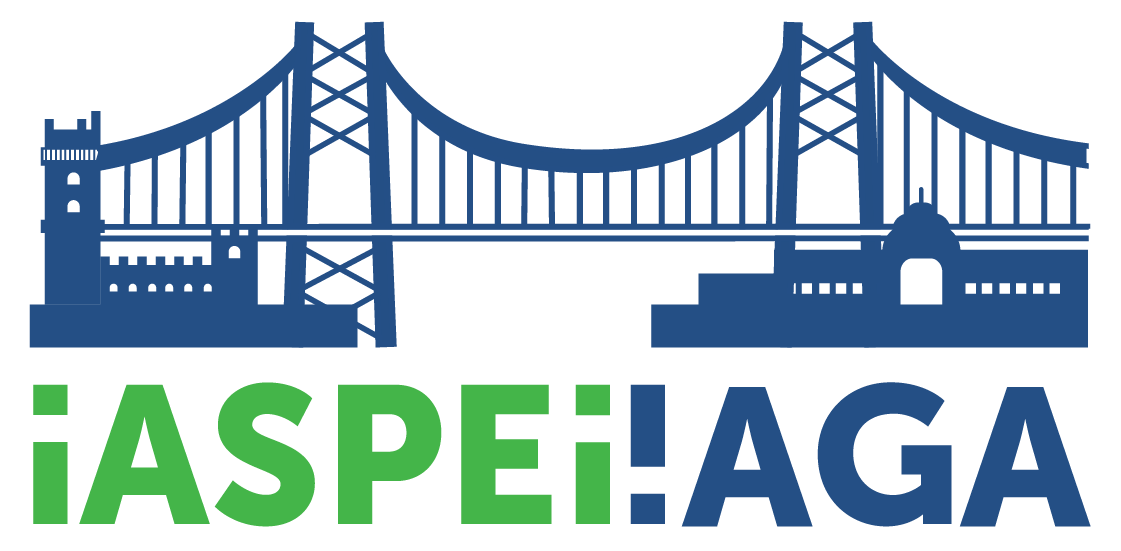IAGA-IASPEI 2025: Submit your abstract now!

This year, the IAGA-IASPEI Joint Scientific Meeting will take place in Lisbon from 31 August to 2 September, featuring an exciting programme of scientific sessions, early career scientist schools, and social events.
Join EFEHR's session
EFEHR will be part of the meeting, hosting session S15 "Earthquakes in low strain regions: Challenges, Advances and Opportunities – From field studies to seismic hazard assessment”. The session is convened by Susana Custódio (Portugal), Laurentiu Danciu (Switzerland), Beau Whitney (France), Andrea Walpersdorf (France) and Michele Carafa (Italy). Abstracts must be submitted via the online submission system by 12 March 2025, 23:59 Pacific Time.
Session description
Wide regions of distributed tectonic deformation are observed in the Earth, where fault slip rates are low. Intraplate earthquakes illustrate active yet low strain processes typical of deformation within the interior of plates. Earthquakes in these regions can reach large magnitudes and can, due to the crustal characteristics of these settings and lower preparedness, become disproportionately damaging compared to similar magnitude events along plate boundaries. Our understanding of earthquake processes in these regions is slowly maturing, however, quantifying the seismic hazard in these regions remains challenging.
The significant increase in seismological, paleoseismological, geological, and geodetic data collected in recent years has yielded high-quality data sets on earthquake hypocentral locations, focal mechanisms, fault slip rates, Earth structure, crustal stress patterns, and GNSS surface deformation. Collectively, these data are beginning to provide insights to better understand earthquake processes in low strain regions. Ongoing research in these regions are still grappling with fundamental questions that directly feed into the development of seismic hazard models and their societal applications. How can we identify “active” faults in regions of broad distributed deformation? How can we relate the characteristics of fault networks to earthquake potential, frequency distribution, and subsequently to seismic hazard? What is the role of fault interaction in long-term seismicity forecasts? How can the time-space variability of earthquakes in these regions be modeled? How can we integrate GNSS, seismic and geological data in physics-based models for future seismic hazard assessment?
In this session we welcome contributions that improve our understanding of seismogenesis and seismic hazard in regions of distributed low-strain deformation. We welcome theoretical, observational, and numerical contributions from a broad range of disciplines, including field geology, structural geology, seismology, paleoseismology, geodesy, rheology, crustal stress, geodynamics, modelling and seismic hazard assessment. We also encourage studies that use advanced technologies, such as machine learning, high-performance computing, and novel datasets and processing techniques, to address these complex issues.

